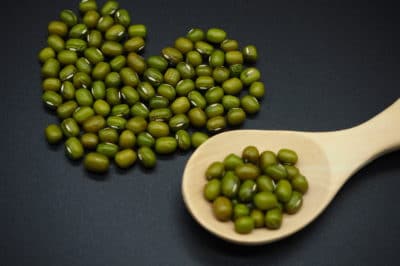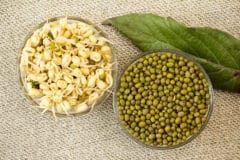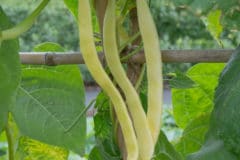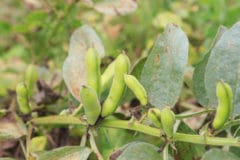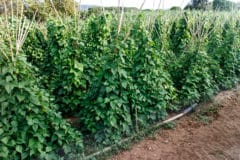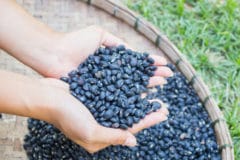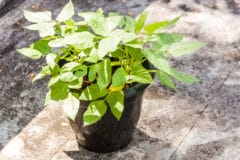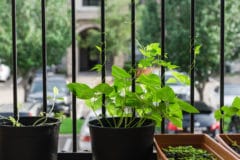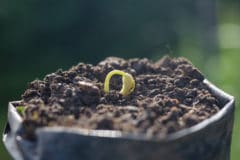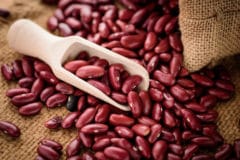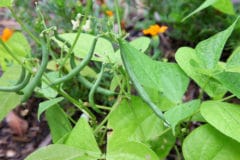About Mung Bean Plants
Mung beans are actually more closely related to cowpeas than the typical snap bean found in vegetable gardens. Although most mung beans are bush varieties, some may grow up to six feet tall. However, these “pole” beans are unlike typical pole beans, as the stalks are fairly stiff and will not twine around a pole or trellis. Tall mung beans will do better with some support.
Mung Bean Varieties
Although many seed catalogs will simply list them as mung beans, there are a number of varieties. They include:
- Berken
- Crystal
- Reselected Emerald
- Satin II
- Black Gram
- Regur
Soil for Mung Beans
Mung beans prefer a fertile soil with good drainage – a sandy loam is ideal. In heavy clay soils that are easily waterlogged, the beans will perform poorly. Always use bean seed inoculant. The ideal soil pH is between 6.2 and 7.2. Micro-nutrient deficiencies may appear in more alkaline soils. You may need to add lime, phosphorus, potassium, calcium, magnesium and/or sulfur; do a soil test to make sure.
When to Plant Mung Beans
Like most legumes (favas are the only exception) mung beans are warm season plants. They need around 90 to 120 days of frost-free conditions to reach maturity. Plant about two or three weeks after the last expected frost date when the soil is thoroughly warm. You can also plant a short-season variety in early to mid-summer. However, shorter days may affect yield.
Planting the Seeds
Mung bean seeds are small and should be planted about one inch deep in soil with good moisture content. If you are dealing with drought conditions or have a dryland garden, you can plant up to three inches deep if the soil is loose. Seedlings are smaller than most beans and will have trouble breaking through a thick crust. Plant nine seeds per foot in rows 24 inches apart.
Harvesting Mung Beans
Mung beans are only used as dry beans to cook or sprout. Once at least two thirds of the plants in the patch have reached maturity, pull all the plants. Tie them in bunches and hang to dry in a warm, well-ventilated building until completely dry. Thresh the beans from the seed pods and spread on a flat surface until completely dry and hard. Store in sealed jars.
